Deck & Commander Strategies

The Gitrog Monster
Utilizes land sacrifice and self-mill to generate card advantage and value, aiming to control the board and eventually win through combos or overwhelming resources.
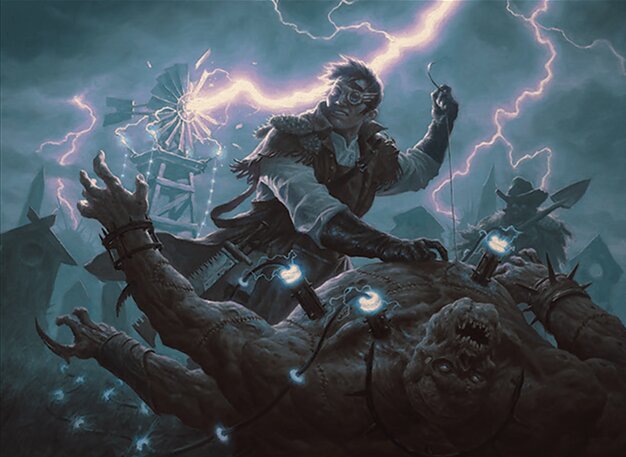
Geralf, the Fleshwright
Focuses on casting multiple spells in a turn to create and grow a horde of zombie Rogue tokens, leveraging synergies to build a threatening board presence.

Wernog, Rider's Chaplain
Exploits enter and exit the battlefield triggers to generate Clue tokens and card draw, aiming to accumulate incremental advantage through repeated value triggers.

Liesa, Forgotten Archangel
An aristocrat-style deck that gains life and recurs creatures with undying, using sacrifice effects to drain opponents’ life and maintain board presence.
Gameplay Insights
- 1
Sacrificing creatures with undying to trigger life gain and recursion synergies proved a key loop for the aristocrat deck.
- 2
The Geralf player’s strategy of casting multiple cheap spells each turn to flood the board with zombies allowed for exponential token growth.
- 3
Using Clue token investigation triggers as a resource engine provided consistent card advantage for the Wernog player.
- 4
The Gitrog Monster player’s use of land sacrifice and surveil lands facilitated steady card draw and graveyard interactions without overextending.
- 5
Strategic timing of sacrifice effects like Grave Lighter maximized triggers for opponents losing creatures, enabling multiple investigations and life loss effects.
Notable Cards
-
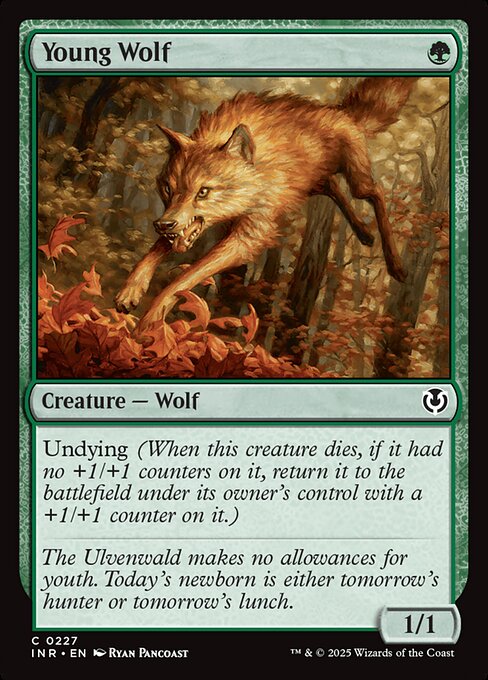
Young Wolf
-
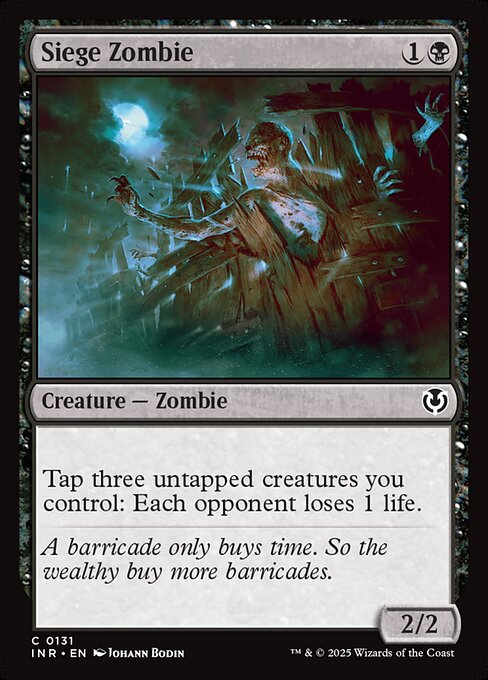
Siege Zombie
-
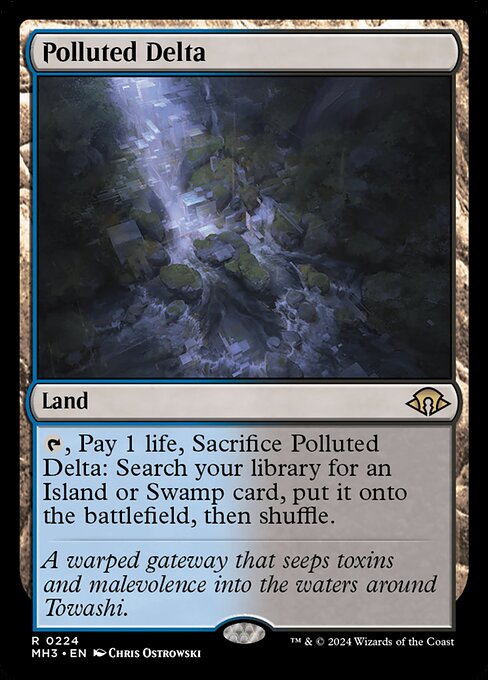
Polluted Delta
-

Exotic Orchard
Gameplay Summary
The game unfolded with each player leveraging their Innistrad-themed commanders and synergies to establish board presence and incremental advantage.
Early turns saw the Gitrog Monster player focusing on land drops and card advantage through self-mill, while the Geralf player worked to cast multiple spells per turn to generate a growing army of zombie tokens.
The Wernog player aimed to exploit enter and exit battlefield triggers to generate Clue tokens and card draw, setting up for value engines.
Meanwhile, Liesa’s Aristocrat-style deck began accumulating life and triggering death triggers to repeatedly return creatures to hand, aiming to grind out value and punish opponents with sacrifice effects. Key turning points included the use of graveyard recursion to keep creatures like Young Wolf returning with undying, combined with mass sacrifice effects like Grave Lighter to trigger life drain and Clue generation.
The Geralf player’s token production ramped up, threatening to overwhelm the board, but the aristocrat deck’s life gain and exile effects kept pressure on opponents.
The interplay of sacrifice triggers, Clue token investigation, and incremental life swings exemplified a grindy, value-oriented midgame.
The Gitrog player’s use of lands with surveil and sacrifice synergies contributed to card advantage and resource cycling, setting up for a potential late-game combo or overwhelming board state.
Overall, the game revolved around value engines, incremental life swings, and token generation rather than immediate combos or explosive finishes.





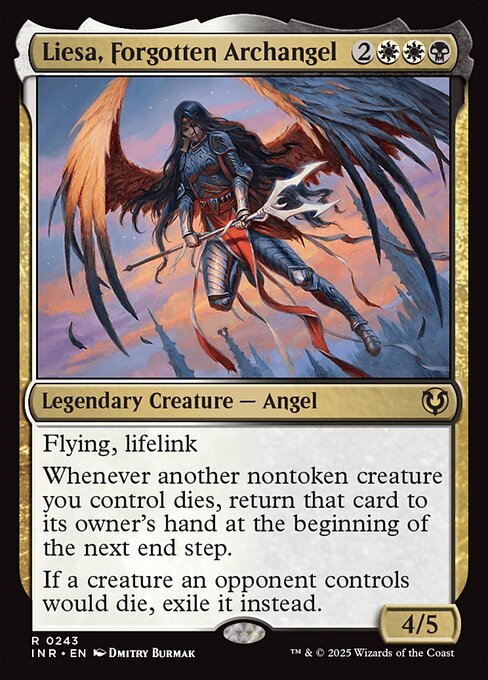











![4-Colour Storm vs. Minsc & Boo Aggro [Duel Commander-EDH] - Magic: The Gathering thumbnail](https://i.ytimg.com/vi/nb0AzRs9ClI/sddefault.jpg)
![Shorikai Artifacts vs. Will & Lucas Storm [Duel Commander-EDH] - Magic: The Gathering thumbnail](https://i.ytimg.com/vi/EbvHtPXqrhQ/sddefault.jpg)
![Juri Aristocrats vs. Eleven & Will [Duel Commander-EDH] - Magic: The Gathering thumbnail](https://i.ytimg.com/vi/7s_bqTkh8x4/sddefault.jpg)
![Will & Lucas & Lurrus vs. Light-Paws Auras [Duel Commander-EDH] - Magic: The Gathering thumbnail](https://i.ytimg.com/vi/zPBZUTfkcLI/sddefault.jpg)






![Commander VS S3E1: Olivia vs Gitrog vs Odric vs Sigarda [MtG: Multiplayer] thumbnail](https://i.ytimg.com/vi/IeIh3dkob-Y/sddefault.jpg)


















![What's The Strongest Tribe In Midnight Hunt?! [ EDH/Commander, Budget Magic The Gathering Gameplay ] thumbnail](https://i.ytimg.com/vi/KAlMoQjaE-0/sddefault.jpg)
![Delina vs Sigarda vs Bruenor vs Liesa [EDH/Commander, Magic The Gathering Gameplay] thumbnail](https://i.ytimg.com/vi/JTB3oaampHU/sddefault.jpg)



